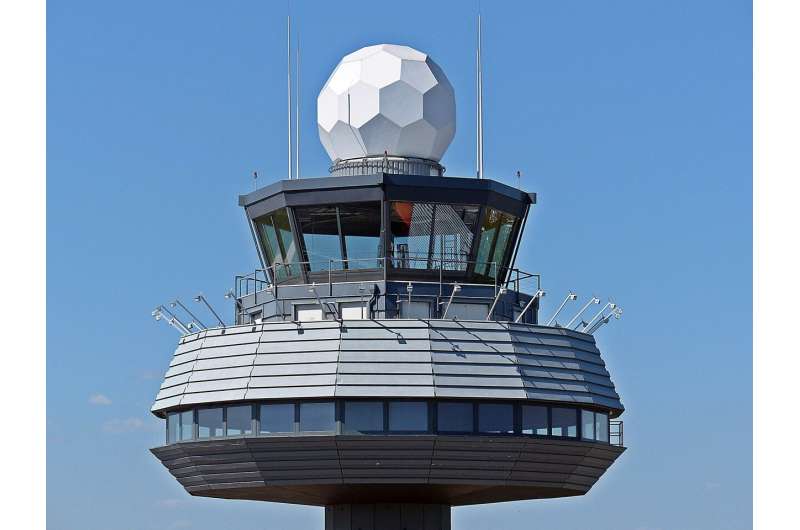
After hours of routine operations, an air traffic controller gets a radio call from a small aircraft whose cockpit indicators can't confirm that the plane's landing gear is extended for landing. The controller arranges for the pilot to fly low by the tower so the controller can visually check the plane's landing gear. All appears well. "It looks like your gear is down," the controller tells the pilot.
The controller calls for the airport fire trucks to be ready just in case, and the aircraft circles back to land safely. Scenarios like this play out regularly. In the air traffic control system, everything must meet the highest levels of safety, but not everything goes according to plan.
Contrast this with the still science-fiction vision of future artificial intelligence "pilots" flying autonomous aircraft, complete with an autonomous air traffic control system handling aircraft as easily as routers shuttling data packets on the internet.
I'm an aerospace engineer who led a National Academies study ordered by Congress about air traffic controller staffing. Researchers are continually working on new technologies that automate elements of the air traffic control system, but technology can execute only those functions that are planned for during its design and so can't modify standard procedures. As the scenario above illustrates, humans are likely to remain a necessary central component of air traffic control for a long time to come.
What air traffic controllers do
The Federal Aviation Administration's fundamental guidance for the responsibility of air traffic controllers states, "The primary purpose of the air traffic control system is to prevent a collision involving aircraft." Air traffic controllers are also charged with providing "a safe, orderly and expeditious flow of air traffic" and other services supporting safety, such as helping pilots avoid mountains and other hazardous terrain and hazardous weather, to the extent they can.
Air traffic controllers' jobs vary. Tower controllers provide the local control that clears aircraft to take off and land, making sure that they are spaced safely apart. They also provide ground control, directing aircraft to taxi and notifying pilots of flight plans and potential safety concerns on that day before flight.
Tower controllers are aided by some displays but mostly look outside from the towers and talk with pilots via radio. At larger airports staffed by FAA controllers, surface surveillance displays show controllers the aircraft and other vehicles on the ground on the airfield.
Approach and en route controllers, on the other hand, sit in front of large displays in dark and quiet rooms. They communicate with pilots via radio. Their displays show aircraft locations on a map view with key features of the airspace boundaries and routes.
The 21 en route control centers in the U.S. manage traffic that is between and above airports and thus typically flying at higher speeds and altitudes.
Controllers at approach control facilities transition departing aircraft from local control after takeoff up and into en route airspace. They similarly take arriving aircraft from en route airspace, line them up with the landing approach and hand them off to tower controllers.
A controller at each display manages all the traffic within a sector. Sectors can vary in size from a few cubic miles, focused on sequencing aircraft landing at a busy airport, to en route sectors spanning more than 30,000 cubic miles (125,045 cubic km) where and when there are few aircraft flying. If a sector gets busy, a second and even third controller might assist, or the sector might be split into two, with another display and controller team managing the second.
This article is republished from The Conversation under a Creative Commons license. Read the original article.![]()
Citation: Why AI can't replace air traffic controllers (2024, January 31) retrieved 31 January 2024 from https://techxplore.com/news/2024-01-ai-air-traffic.html
This document is subject to copyright. Apart from any fair dealing for the purpose of private study or research, no part may be reproduced without the written permission. The content is provided for information purposes only.
